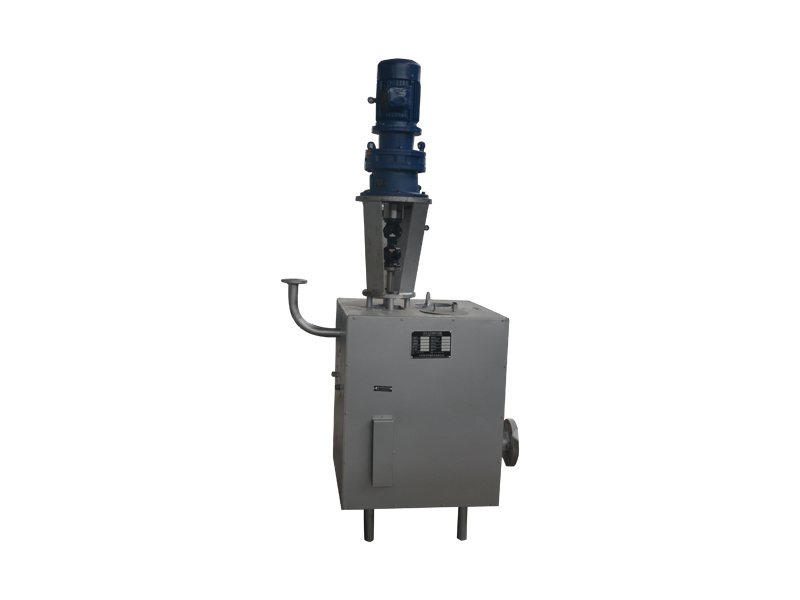Hello, welcome to Jiangsu Main Machinery Technology Co., Ltd.!
Telephone:0510-86017899 Email:huangqindong@jszhjx.cn
What is the structure of a fully automatic filter?
Release Date:
2021-12-19
The fully automatic filter overcomes many shortcomings of existing filter products, such as small pollution capacity, easy blockage by pollutants, the need to disassemble filter parts, and the inability to monitor the filter status. It has the functions of filtering water sources and automatically cleaning the filter. When cleaning pollutants, the system can continuously supply water and monitor the working status of the filter, with a very high degree of automation.
Fully Automatic Filter Overcomes many shortcomings of existing filter products, such as small pollution capacity, easy blockage by contaminants, the need to disassemble filter parts, and inability to monitor the filtration status. It features water source filtration and automatic filter cleaning. During contaminant cleaning, the system can continuously supply water and monitor the filter's operating status, achieving a high degree of automation.

Self-cleaning filtration technology is a new filtration technology developed in the late 1970s. Its major advantages are water pressure self-operation, self-cleaning, and uninterrupted filtration during cleaning. Compared with traditional filters, it has a high degree of automation and low pressure loss, eliminating the need for manual slag removal. Self-cleaning filters are suitable for separation and filtration in industrial, agricultural, and municipal seawater desalination processes.
Fully Automatic Filter What is its structure?
A fully automatic self-cleaning filter consists of a housing, a multi-element filter, a backwash mechanism, an electric control box, a reducer, an electric valve, a differential pressure controller, etc. Internal baffles in the housing divide the inner cavity into upper and lower chambers. The upper chamber contains multiple filters, making full use of the filtration space and significantly reducing the filter volume. The lower chamber houses a backwash suction plate. During operation, turbid liquid enters the filter from the inlet and descends, passing through the baffle holes into the filter's inner cavity. Impurities larger than the filter gaps are blocked, while the filtrate passes through the gaps to the upstream and exits from the outlet.
What is the working principle of a fully automatic filter?
Water containing impurities enters the filter from the inlet and undergoes coarse filtration through a coarse filter before entering the fine filter cavity for fine filtration. The filtered water exits from the outlet. The filtered impurities are adsorbed onto the micro-fine filter, creating a pressure difference between the inside and outside surfaces of the filter. When the pressure difference reaches a set value (e.g., 0.5 Bar), the pressure sensor sends a signal to the controller, which opens the exhaust valve 4 to discharge from the exhaust port. This reduces the pressure in the hydraulic motor steel and impurity collector chamber, creating a negative pressure suction similar to the vacuum cleaning principle. Impurities on the filter surface are discharged into the sewer through the backwash water and hydraulic motor via the discharge port. The drainage causes the hydraulic motor and impurity collector to rotate, cleaning the entire filter. Large filters also include a drive cylinder to control the longitudinal movement of the impurity collector and prevent the entire filter from moving too quickly for nozzle cleaning. The entire backwash process is automatically controlled within seconds, without interrupting the main water supply during self-cleaning.
Fully Automatic Filter What is its service scope?
Fully automatic filters are mainly used for water purification and can be applied to water filtration, water treatment, and water renovation across various industries, including industrial, agricultural, power, electronics, pharmaceutical, food, printing and dyeing, construction, steel, metallurgy, papermaking, coal mining, swimming pools, landscaping, and greening, especially for water quality...
→ Related News

